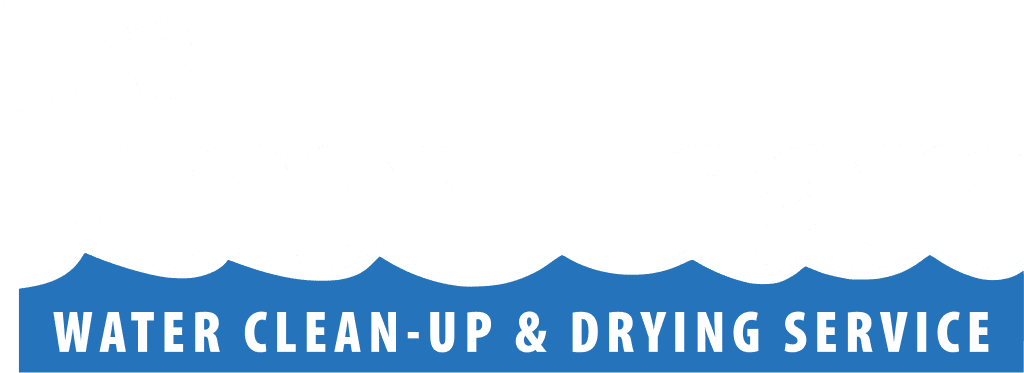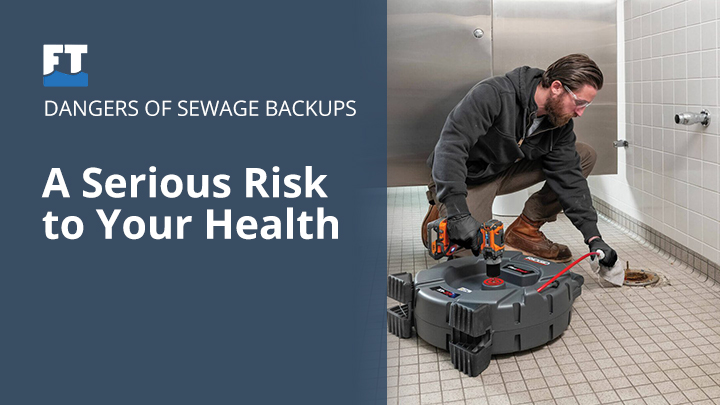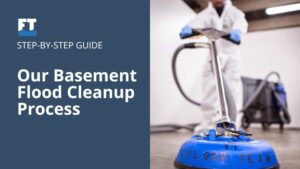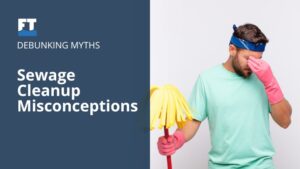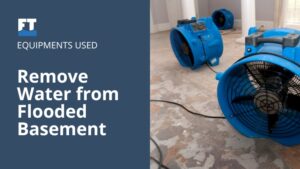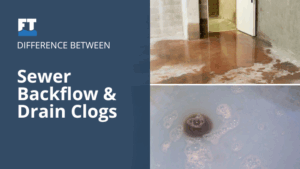A sewage backup is more than just a messy inconvenience. It’s a serious health risk that can expose you to harmful bacteria, toxic gases, and dangerous mold. When raw sewage enters your home, it contaminates everything it touches. The longer it sits, the worse the damage gets, leading to expensive repairs and long-term health issues.
If your home experiences a sewage backup, acting fast is critical. Understanding the risks and knowing the right steps to take can help you protect your family and avoid costly damage.
Health Risks Associated with Sewage Backups
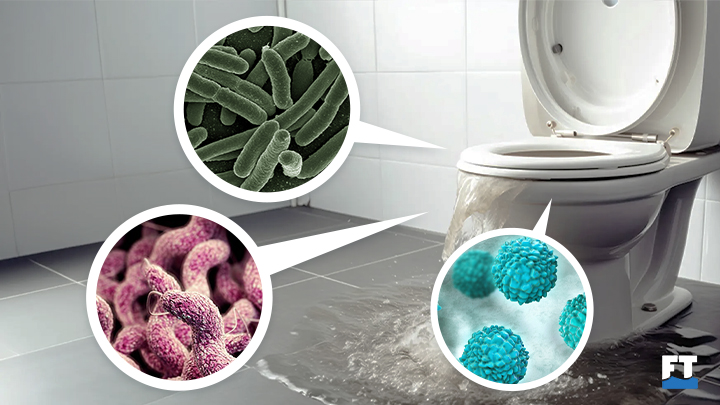
Sewage water contains harmful bacteria, viruses, and chemicals that can pose serious health threats. Prolonged exposure increases the risk of diseases involving sewage and other serious health concerns.
Exposure to Harmful Bacteria and Viruses
Sewage carries bacteria like E. coli, Salmonella, and Campylobacter, all of which can cause food poisoning-like symptoms, including vomiting, diarrhea, and fever. It also contains viruses such as Hepatitis A and Norovirus, which can spread quickly through contaminated surfaces.
Even inhaling airborne particles from sewage water can lead to respiratory infections. That’s why cleaning up a sewage spill without protective gear is extremely dangerous.
Respiratory Issues from Sewage Fumes
Sewage releases toxic gases like methane, ammonia, and hydrogen sulfide. These gases have a strong, unpleasant odor, but the real danger goes beyond the smell.
- Methane can displace oxygen, leading to dizziness or unconsciousness in extreme cases.
- Ammonia can cause throat irritation, coughing, and difficulty breathing.
- Hydrogen sulfide is highly toxic and can cause headaches, nausea, and long-term lung damage.
If you ever smell sewage inside your home, leave the area immediately and seek professional sewage backup cleanup.
Risk of Skin and Eye Infections
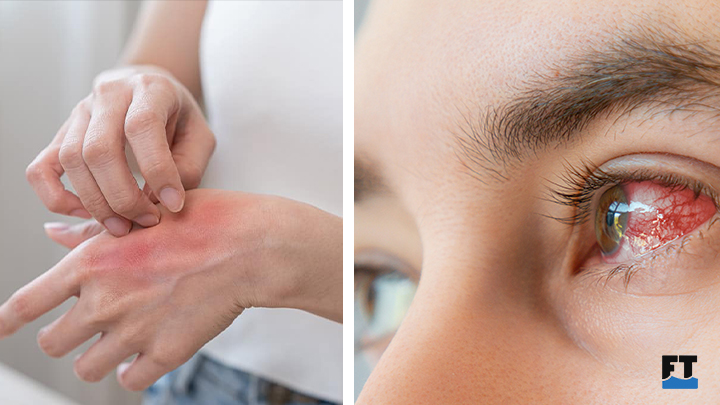
Coming into contact with sewage water can irritate the skin and eyes. Even a small splash can cause rashes, itching, or bacterial infections. If you have open cuts or wounds, sewage exposure increases the risk of severe infections like cellulitis or sepsis, which require immediate medical attention.
Mold Growth and Secondary Health Effects
Sewage water creates the perfect conditions for mold and mildew to grow. Mold spores can trigger allergies, asthma, and other breathing problems, especially in children and older adults.
Mold grows fast, spreading in as little as 24–48 hours after water exposure. If a sewage backup isn’t cleaned properly, mold infestations can take over walls, ceilings, and floors.
How to Respond to a Sewage Backup
Knowing how to deal with sewage backup can prevent further contamination and damage.
- Evacuate and Limit Exposure: Stay away from the affected area. Keep children and pets out of the room, and avoid touching contaminated surfaces.
- Turn Off Utilities If Necessary: If sewage water reaches electrical outlets, gas lines, or appliances, shut off electricity and gas immediately. Doing this prevents the risk of electrocution or gas leaks.
- Contact Professional Cleanup Services: Sewage cleanup requires professional equipment and expertise. Restoration professionals use industrial pumps, disinfectants, and air scrubbers to remove contaminants safely.
- Disinfect and Restore the Area: After removing the sewage, professionals will sanitize, dry, and restore damaged areas. They may also recommend mold prevention treatments to stop future issues.
Protect Your Home and Health from Sewage Backups
Get your home back to safety after a sewage backup. The Flood Team offers expert sewage backup cleaning services to eliminate contamination, sanitize affected areas, and restore your property. Call us today for fast, professional help!
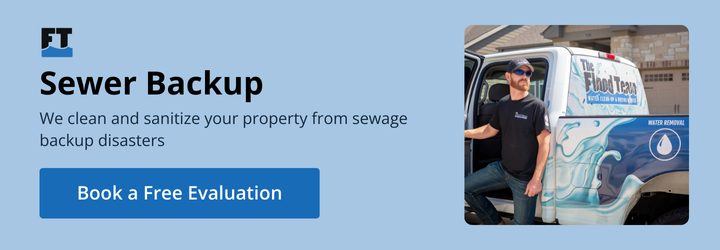
Final Thoughts
Acting quickly makes a difference. If you experience a sewage backup, stay out of the area and call professionals immediately. Fast cleanup helps prevent health risks, structural damage, and expensive repairs. Taking preventive steps like regular sewer maintenance, proper waste disposal, and installing backwater valves can reduce the risk of future sewage backups. Protecting your home starts with small changes that make a big impact.
FAQs
What should I do first if I have a sewage backup?
Stay out of the affected area and call a professional restoration company immediately. Avoid touching contaminated water.
Can I clean up a sewage backup myself?
Cleaning up raw sewage without proper equipment is dangerous. It exposes you to harmful bacteria and toxic gases. Professionals have the right tools and training.
How long does it take to clean up a sewage backup?
It depends on the damage. Small spills may take a day, but large backups require days of water removal, drying, sanitization, and restoration.
Does homeowners’ insurance cover sewage backups?
It depends on your policy. Some policies cover sewage backups, but others require separate coverage. Check with your insurance provider.
How can I prevent future sewage backups?
Regular sewer inspections, proper waste disposal, and installing a backwater valve can help reduce the risk of backups.
